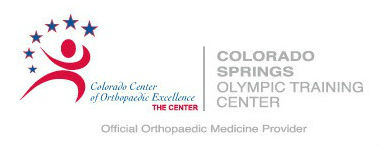Many of us play sports for years without ever suffering from anything worse than a muscle strain. However, there are many sports players out there, both amateur and professional, that have heard the dreaded “pop” that signals an Achilles tendon tear. When this happens, it’s nice to have access to a specialist who knows all about Achilles tendon tears and repair.

The Achilles tendon connects the heel bone to the calf muscle and plays a significant role in the movement of our feet. Unfortunately, when it comes to tears, there is never that much in the way of a warning, and therefore it can be hard to protect yourself against it.
Luckily, with developments in medical science and with advanced therapeutic techniques, recovery is usually much quicker than before.
Who is at Risk?
Pretty much anyone who plays high-energy sports such as basketball, tennis, soccer, and badminton. All these sports involve short bursts of energy and sudden changes in movement that put stress on the joints and muscles of the legs and feet. It is these sudden movements and high-impact jumps that can result in an Achilles tendon tear.
But it isn’t just athletes who are at risk. Trips and falls, as well as awkward landings, can cause problems in even the healthiest people. Even people who usually wear high-heels can be at risk of an Achilles tendon tear.
To avoid this sort of injury, we recommend wearing good, quality footwear when you exercise and slowly build the intensity of your workouts. This is especially true if you haven’t done any exercise for a while.
Options for Treatment
There are several methods of treatment available to those that have suffered from an Achilles tear.
The first thing that your doctor will consider is the severity of the tear. If you are only suffering from a partial tear, then you are unlikely to need surgery. However, if you suffer from a significant tear, then your treatment will be determined by the location of the tear and factors such as age and your general health.
For sports players, surgery alongside physiotherapy is recommended, as this allows for a quicker return to action. If all goes well with the treatment, then patients are usually able to resume training within six to eight weeks.
For less active individuals, surgery would be deemed less urgent, and treatment will be more conservative. Leg braces or boots would be used alongside regular monitoring. This is to ensure that the tendon heals correctly and that it doesn’t re-rupture during the initial treatment.
In all cases, it is important that a quick diagnosis is received to avoid any complications and disruption to your daily life.
Call the Experts
After your initial diagnosis, it is important to get the treatment that works best for you. Our specialists at Colorado Center of Orthopaedic Excellence are on hand to give you the advice that you need and start you on the road to recovery as soon as possible. Give us a call on (719) 623-1050 today to book an appointment.
